Dogs chasing cats is a common problem, but it doesn’t have to be an issue. There are plenty of ways to stop your dog from chasing cats, and in this article we will discuss the most effective methods. We’ll answer some common questions about stopping dogs from chasing cats, and provide you with some useful tips to get you started. So whether your dog is constantly after your cat or just likes to playfully run around them, read on for advice on how to put a stop to it!
Why do dogs chase cats?
Dogs have an instinctual drive to chase cats due to their natural predatory instincts. This is especially true with certain breeds like terriers, who have a higher prey drive than other breeds and may be more likely to give chase. Additionally, if your dog has not been properly socialized or trained when it comes to interacting with cats, it can make them more likely to attempt chasing one. Lastly, if your dog has not been adequately exercised or stimulated mentally and physically on a regular basis, they may use casing as an outlet for energy in the absence of other activities. [2]
How to prevent a dog from chasing the cat
Train your dog
Training your dog is the best way to prevent them from chasing cats. Start with basic obedience commands such as “sit,” “stay,” and “come.” Then, introduce the command “leave it” or an appropriate substitute phrase like “no chase.” When you see your dog start to display any type of behavior towards a cat, give the command and reward your dog for complying. Eventually, they will understand that they should not be chasing cats. [1]
Help your cat, too
It’s important to not just focus on the dog when it comes to stopping a cat chase, but also help the cat. Make sure your cat has plenty of hiding places and that it feels safe in its environment. Provide toys and scratching posts for them to play with and make sure they have an escape route should they need one. [1]
Mental and physical exercise for your dog
Regular exercise is key to preventing your dog from chasing cats. Take them for walks, play fetch, or enjoy a game of tug-of-war. Mental stimulation can also help keep their attention off of the cat. Try teaching them new tricks and commands or even playing hide and seek with treats around the house. [1]
Training for dogs using rewards
Positive reinforcement is a great way to train your dog not to chase cats. Whenever your dog follows the “leave it” command, reward them with treats or verbal praise. This will help them associate following commands with positive outcomes and discourage them from chasing cats. [1]
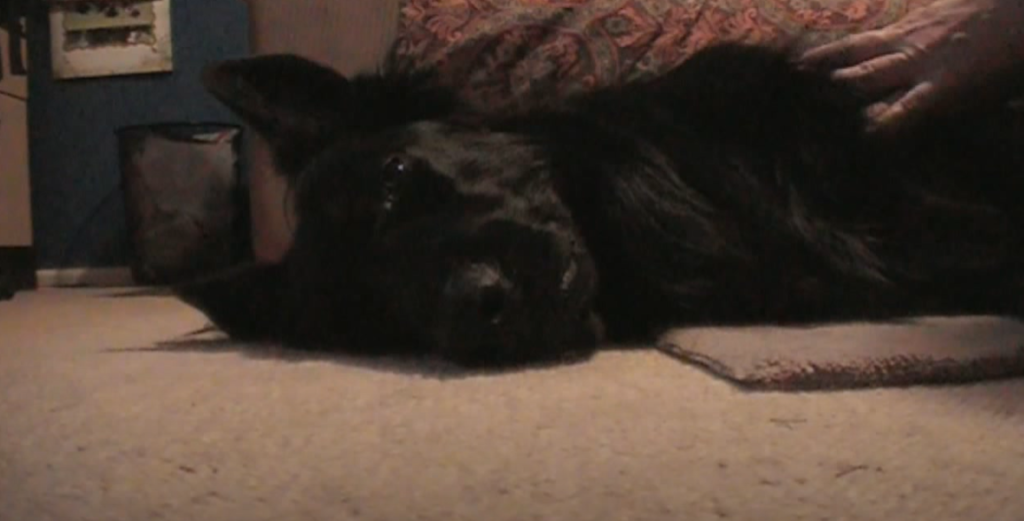
Be in control of their attention
When your dog displays behavior that is directed towards the cat, take their attention away from the cat and direct it to something else. You can call them away or redirect their focus with a toy or treat. This will help them learn to look elsewhere when they see a cat, instead of immediately chasing it. [2]
Call the dog to you
When your dog starts to chase a cat, call them back to you. Make sure that they have fun when they come back and reward them with treats or verbal praise. Over time, they will learn that coming to you is the preferred behavior instead of chasing cats. [2]
Use an adjustable lead
Using an adjustable lead can help you control your dog’s behavior if they start to chase cats. Keeping them on a shorter leash gives you greater control of their movements, and it can also help redirect their attention away from the cat. [2]
Prevent the Rehearsal of Chasing Behaviors
Chasing behaviors can be rehearsed if the dog is allowed to practice them too often. To prevent this, make sure that you keep your dog away from areas where cats tend to roam and avoid letting them out in an unsupervised setting. [3]
Muzzle Technique
If your dog is a persistent chaser and other methods are not working, you may need to consider using a muzzle. Muzzles can help protect the cat from the dog’s mouth if it does manage to catch up with its prey. Make sure that the muzzle fits correctly and take care when putting it onto your pet. It should never be used for long periods of time as this could cause distress or injury to your fur buddy.
When introducing the muzzle to your pup, reward them with food or treats every time they wear it calmly. This will make them associate wearing the muzzle with something positive instead of feeling scared or threatened by it. It’s important to take things slowly and ensure they are comfortable with the device before progressing to more difficult tasks such as having them wear it while the cat is around.
Keep in mind that muzzles can only be effective if used alongside other training methods. For example, teaching your dog to stay in one place and redirecting its attention away from the cat are still important steps to take when trying to prevent any chasing behavior. [3]
Carrier Technique
In the process of training your dog to not chase cats, the Carrier Technique can be very helpful. This technique involves gradually introducing your dog to a cat in an environment that you control.
You will need assistance from someone else if possible – have them hold your dog’s leash while they remain outside of the room where the cat is located. The person should be instructed to gently restrain the pup before allowing them to peek inside the room. If the dog starts to become excited, remove them from the situation immediately and try again later. [3]
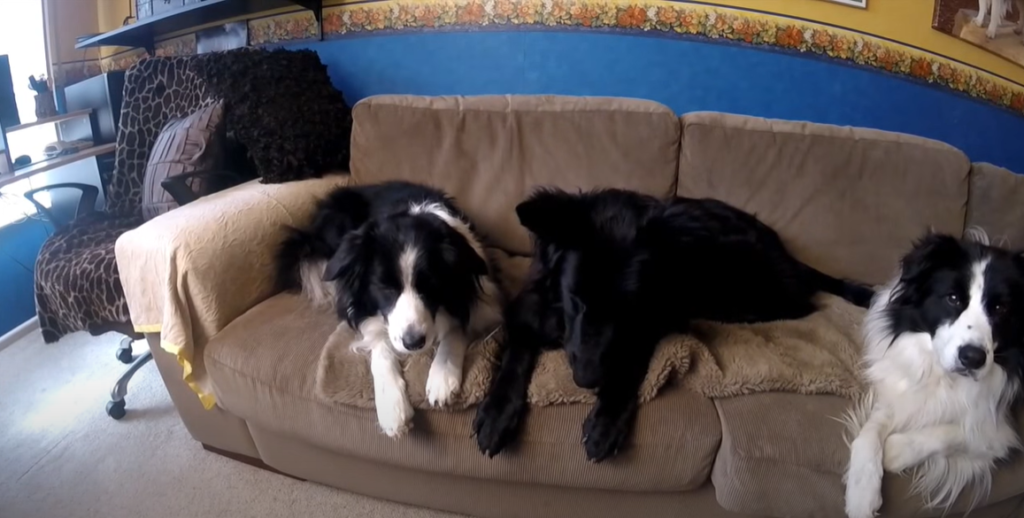
Cookie-Cat Technique
The cookie-cat technique is a behavior-modification method for training dogs to stop chasing cats. This approach combines the principles of classical conditioning with positive reinforcement to help your pup become accustomed to cats and learn to ignore them.
To use the cookie-cat technique, start by finding an area that’s secure and has no distractions, such as a quiet room or yard. Once you’re there, have someone hold your dog on a leash while you show him/her food treats (such as small pieces of hot dog) in one hand and a toy cat in the other. Keep the two items separated until you are ready to combine them; then place both the treat and toy cat closer to your pup so that he/she can smell them.
If your pup appears to be relaxed and shows no signs of aggression towards the toy cat, reward him/her with a treat. If your pup shows any signs of aggression or fear, remove the toy cat and try again in a few days. With enough practice, your dog will eventually learn that cats are not something to be feared or chased, but rather rewarded. [3]
Tips for Moving Forward
Keep the Leash Handy
If you have a long leash, you can use it to help keep your dog away from the cat. Keep the leash on your dog at all times and make sure that the slack is tight so that your pup doesn’t lunge for the cat. When you see your pup getting too close, give him a firm “no” and provide a distraction – like an interactive toy or treat. [3]
Experiment With Interaction
If your dog and cat are getting along, you may want to try encouraging their interaction. Allow them to sniff each other and provide positive reinforcement for non-aggressive behavior. If the cat begins to get scared or starts hissing or swatting at the dog, give him a firm “no” and separate them. [3]
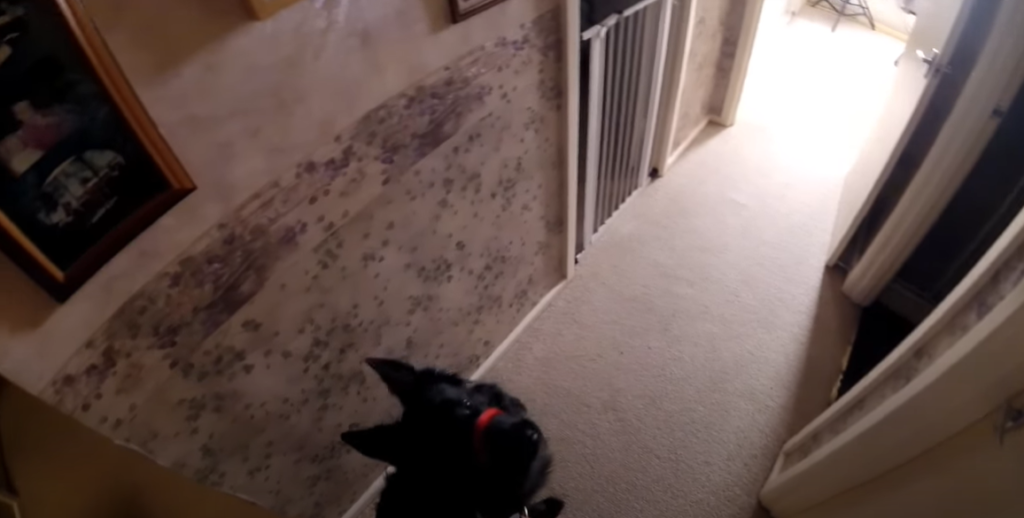
Separate While Unsupervised
It’s best to keep your pup and kitty apart while you’re not able to watch them closely. If they’re in the same room, make sure they can’t see each other and provide distractions like toys or treats for when they are together. Additionally, if you have an outdoor cat, only let him out when your pup is inside or supervised. [3]
FAQ
How do I teach my dog to be gentle with kittens?
The best way to teach your dog to be gentle with kittens is by slowly introducing them. Start by having the kitten in a secure room and allowing your dog to sniff it from behind a closed door. You can then gradually allow your dog closer if you feel comfortable, but make sure to supervise the interaction at all times. As the two become more acquainted, provide positive reinforcement for appropriate behavior such as sitting or staying calm when near the kitten.
Will my dog hurt my cat?
This is impossible to predict, as each dog-cat relationship will be different. However, if you have already made attempts at introducing the two and your dog still exhibits aggressive or chasing behavior, it may be best to keep them separated until you can find a solution.
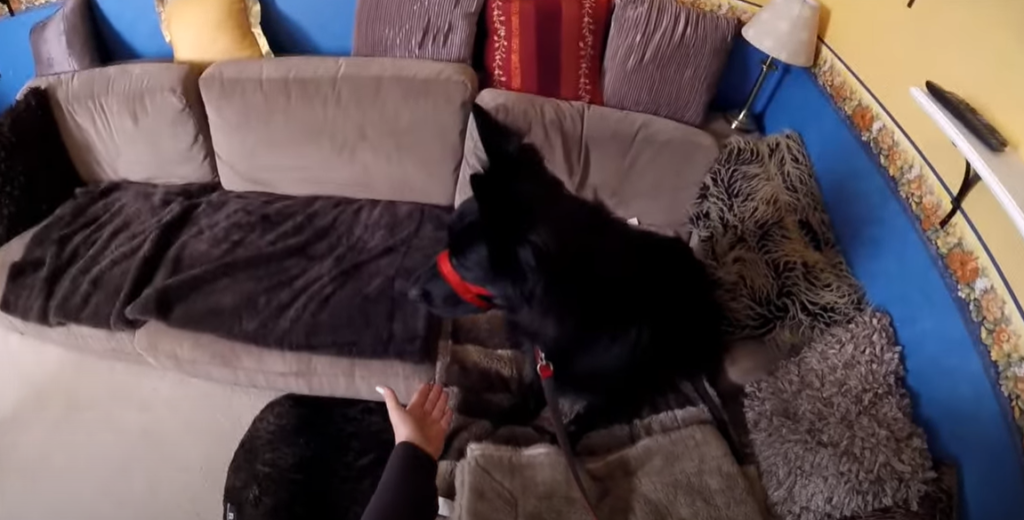
How long does it take for a dog to get used to a cat?
It will depend on your individual dog and cat, but it can usually take a few weeks of slowly introducing the two before they are comfortable with each other. Patience is key – make sure to give your pets plenty of time to get used to one another.
How do you tell if a dog is aggressive towards cats?
Look out for signs such as growling, barking, or lunging when near cats. You may also see your dog chasing cats or attempting to corner them. If your dog is exhibiting any of these behaviors, it’s best to separate the two and work on behavior modification with a professional trainer.
What do you do when a dog attacks your cat?
If your dog does attack your cat, it’s important to remain calm and try to separate them as soon as possible. If you feel comfortable doing so, try to distract the dog with a loud noise or by clapping your hands. You may also need to use a leash or other physical barrier in order to safely separate them. Be sure to seek veterinary attention for both pets after the incident.
Can you train a dog to like cats?
Yes, it is possible to train a dog to like cats with patience and consistent reinforcement. Start by introducing the two from a safe distance and gradually increase their exposure over time. Reward your dog for appropriate behavior such as sitting or staying calm when near the cat. With enough practice and positive reinforcement, your dog can learn to be comfortable around cats.
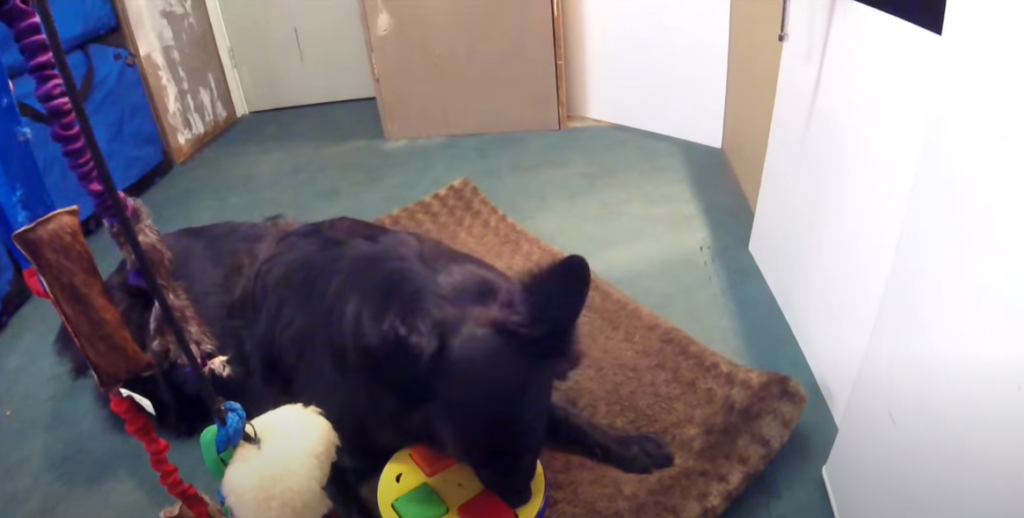
Can I sue a dog owner for attacking my cat?
It depends on the laws in your area, but generally, you can sue a dog owner for any damages or injuries caused by their pet. It’s important to consult an attorney if you are considering taking legal action against the dog owner.
Do cats survive dog attacks?
Yes, cats can survive dog attacks if they receive prompt medical attention. However, it is important to note that a cat may suffer from long-term physical or psychological trauma even after surviving a dog attack. If your cat has been attacked by a dog, be sure to get them checked out by a veterinarian as soon as possible.
Useful Video: How to train your dog to leave your cat alone
Conclusion
Hopefully, you now have the tools and confidence to help keep your cats safe. Understanding why dogs chase cats is a crucial first step in teaching them not to do so. With patience, consistency, and positive reinforcement, you can teach any dog that chasing a cat is unacceptable behavior. Remember that this process takes time and don’t forget to reward your pup for good behavior! And if all else fails, there are always fencing materials or other methods of physical separation between the two animals. Stay calm and consistent with your training methods; soon enough you will be able to trust both pets around each other safely. Good luck!
References:
- https://resources.bestfriends.org/article/dog-chasing-cat-tips-stopping-behavior
- https://www.purina.co.uk/articles/dogs/behaviour/training/stop-dog-chasing-cat
- https://www.thesprucepets.com/stopping-puppies-from-chasing-cats-2805087





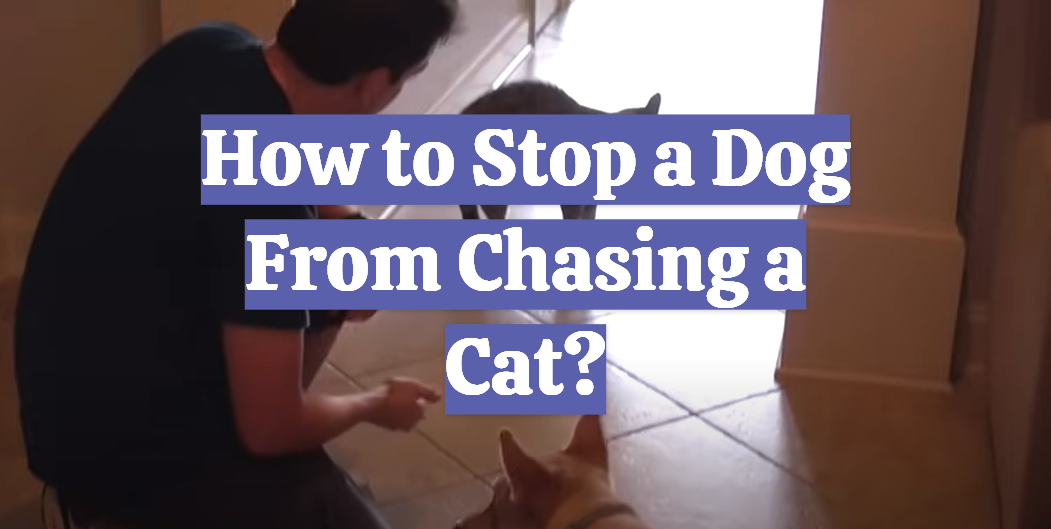

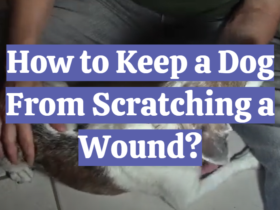


Leave a Reply